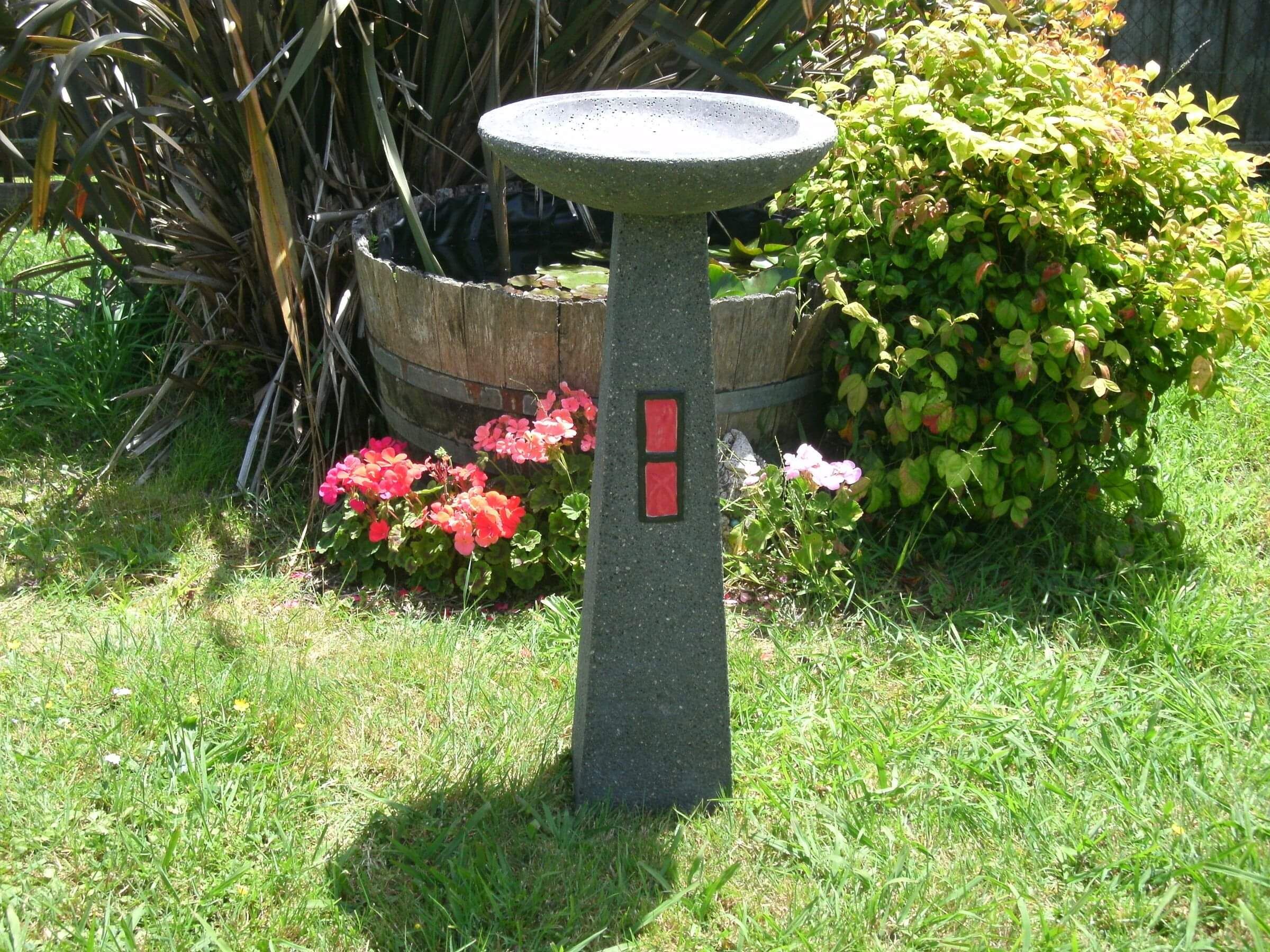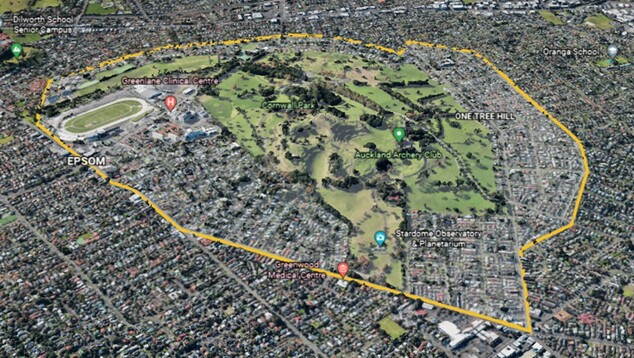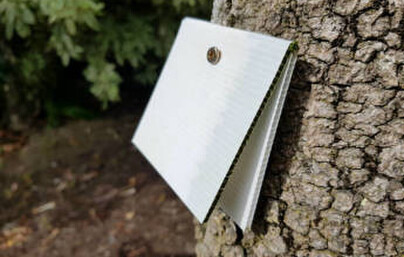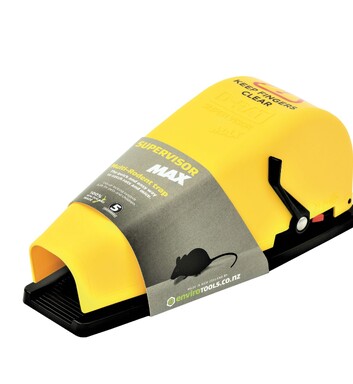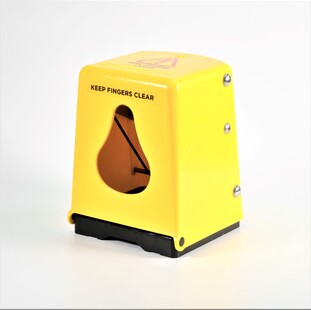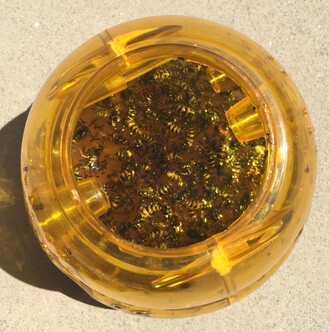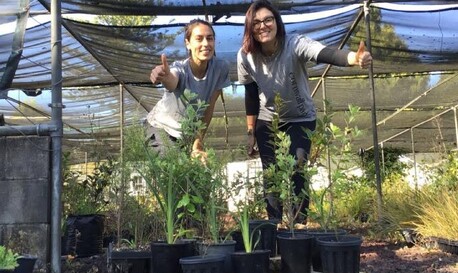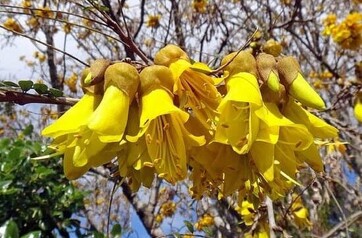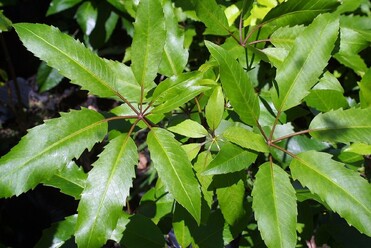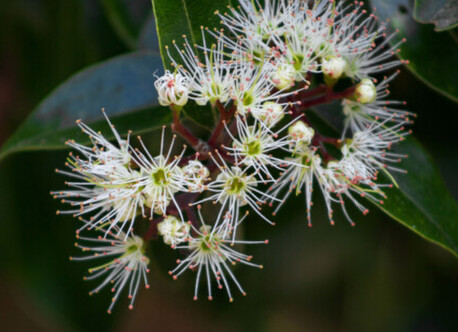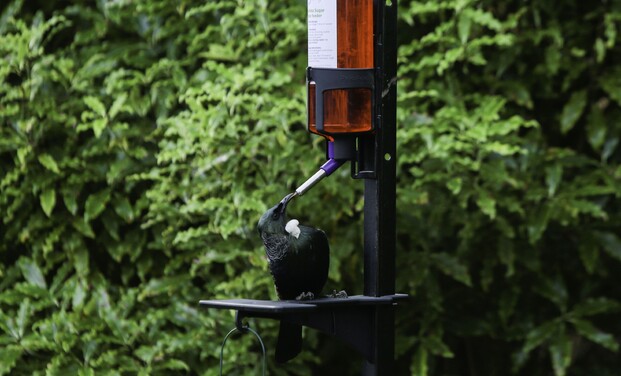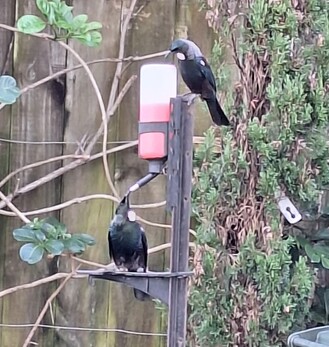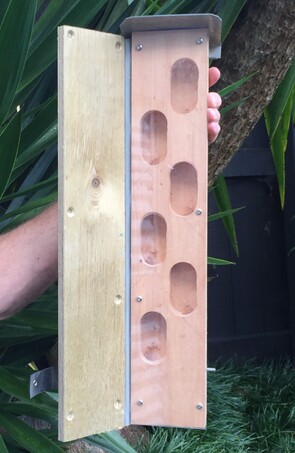Household membership base as of 13th December 2025
= 892
LOCAL MAUNGAKIEKIE RESIDENTS SUPPORT NEEDED
Maungakiekie Songbird has created a buffer zone or 'halo' area around the parks of Cornwall Park and One Tree Hill Domain. To make this halo as strong as possible we need the support of residents, businesses and organisations to join up and not only install predator traps on their properties but also enhance the habitat they are providing.
In creating this buffer zone around the Parks, predators will have to run a gauntlet of traps to reach the park. The greater the number of traps deployed means the greater the catches and less predators making it into the Parks. For those predators that do make it, the Parks have a pest management program in place so their stay will be short lived !!
Our expanded halo area involves properties within a defined boundary (see map and street details below), which we hope to grow in the years ahead linking up with other community groups.
If you're interested to join and start trapping, and/or plant native trees, and/or setup a bird feeder, then register on the 'contact us' page and we will be in touch about how you can receive your resources.
- Campbell Road - Royal Oak roundabout to Clarke Road, Tawa Road to Horotutu Road, Kawau Road onto Te Kawa Road up to Campbell Road, east along Campbell Rd to Miro Rd, into Matai Rd east to Wheturangi Rd.
- Wheturangi Road from Campbell Road , through Greenlane Road, up to Aratonga Ave
- Korau Road from Aratonga Ave to Wapiti Ave
- Wapiti Ave to Cornwall Park Ave through to Market Road
- Market Road to Ranfurly Road to Manukau Road
- Manukau Road, running south from Ranfurly Road south to Royal Oak roundabout
MONITORING TOOLS
CHEW CARDS & WAX TAGS
Find out what your pest problem is or monitor how your pest control is progressing. Use chew cards or wax tags to do this.
Filled with a non-toxic palatable paste, chew cards attract small mammals which bite and chew the cards. Identify the chew marks using the provided guide to see what species are around, for example:
- possums
- rats
- mice
- stoats
Want to know how many possums or rats you’re dealing with? Wax tags estimate the density (numbers) of possums or rats by the bite mark impressions they leave in the knob of wax on the tag. Place wax tags on trees and leave for 3-5 nights before inspecting.
RODENT & POSSUM TRAPS
The latest in trap design and innovation from Envirotools, a leading New Zealand manufacturer.
The Supervisor Max is a compact, easy to use multi-rodent trap designed specifically for the home and backyard. With a unique automatic safety latch system which does not allow access inside the trap when the trap is set – complete security for the user, pets and children. Toxin-free effective rodent control made user-friendly and hygienic.
Key features;
- Hands clear operation allowing safe and hygienic handling and clearing of trap
- Safety latch system for complete security of pets and children
- Screw mounting and releasable cable tie mounting options for permanent fixing
The Flipping Timmy is our selected trap for possum control. This user-friendly and effective trap is designed for all ages and capabilities. Clean and safe to use, it requires no handling of the catch.
Key features;
- Ergonomic, vertical set on tree trunk.
- Flexible baiting system and unique fine setting ability make this a very versatile trapping tool
WASP TRAP
Designed for backyards, the hanging wasp trap is an easy to use, environmentally friendly trap that will ensure these pests won't spoil your outdoors.
- works by attracting wasps to a liquid mixture of sugar water, wasps are attracted by smell, becoming trapped inside trap and drowning.
21.02.21 Hello
Just to say thanks to Maungakiekie Songbird for the wasp catches. Working brilliantly and I'm amazed at just how many wasps have been trapped already.
Kind regards
Claudia
HAND SELECTED FROM CORNWALL PARK NURSERY
Jo and her team from the Cornwall Park nursery have hand selected a range of native plants that are both ideal for the back garden as well as providing food sources and shelter to wild birds.
- Sophora prostrata – Kōwhai
A small dense semi-deciduous Kōwhai tree that can grow up to 2 metres tall. It bears beautiful yellow-orange flowers which can attract birds like Kereru, Bellbird and Tūi. It is a slow growing tree which handles most conditions, it is such a great addition in the garden or in a pot.
- Phormium cookianum – Wharariki
A medium-sized native evergreen, clump forming, arching perennial growing to around 1.5m tall and 1m wide. Yellow-orange flowers are produced in summer on tall stems that attract different bird species including Tūi and Bellbirds. A very hardy plant that can thrive in almost any conditions apart from full shade.
- Pittosporum crassifolium - Karo
A small native tree that can reach about 5m tall once mature, it has clusters of burgundy flowers appearing in spring to early summer which are highly scented at night. Karo are an important nectar source at this time for Tūi, Bellbirds and many beneficial insects, then once the seeds are ripe in summer this is also a great food source for many bird species.
- Metrosideros excelsa – Pōhutukawa
Wildly known as the New Zealand Christmas tree for its beautiful red flowers that bloom in summer, the Pōhutukawa is a favourite for our native bees, birds and geckos. They are very attracted to its nectar, fruit and seeds. Once mature the Pōhutukawa can reach heights of up to 20m with usually a wider spread but you can trim them when young to keep the tree a more manageable size.
- Kunzea ericoides - Kānuka
Kānuka is a flowering native tree that will grow around 15m once mature. It was widely used by the Maori for timber, tools, weapons and as fuel for their fires. These beautiful trees tend to attract Fantails and Grey warblers to the garden, the bees and butterflies also enjoy their masses of white flowers when they are out in full bloom.
New natives introduced February 2021
Pseudopanax arboreus - commonly known as five-finger, is a common tree of lowland forests throughout New Zealand that grows into a well-branched rounded tree of 3-6m. The tiny flowers are produced in large clusters during winter, and male and female flowers are carried on separate trees. The flowers are followed by small purplish berries that appeal to birds.
Sophora microphylla - another in the kōwhai family (a species of flowering plant in the family Fabaceae, native to New Zealand). Growing to 8 m tall and broad, S.Microphylla is an evergreen small tree. It has a mass of yellow bell-shaped flowers which arrive in early spring and are a food favourite of Tui's and other bird life.
Knightea excelsa - Rewarewa is a tall evergreen New Zealand native tree with a narrow, columnar habit, flowering in spring. Flowers are rich in nectar and attract birds such as Tui. Even though Knightia excelsa eventually becomes very tall, its narrow growth habit makes it an attractive specimen tree that is suitable even for smaller gardens. Looks great when planted in groups where space allows. Excellent choice if you wish to attract birds and bees in your garden.
Bartletts Rata (Metrosideros bartlettii)
WOW, wow wow - this tree is something very special.
A rare specimen forest tree. Reaches maximum height of 30 metres. Smallish white flowers (the only white-flowered rata species) Oct-Nov. Distinctive whitish, spongy, flaking bark. Attractive dark green foliage with steeply curved crown. Endemic in the Far North. Prefers good sun.
Due to it's rare status and limited stock availability this tree is only available to residents who's gardens meet selected criteria. If you're interested to secure one of these special trees please drop us a note and we'll discuss the criteria to receive a tree.
Bird feeders are an easy to use and affordable way to top up food for a wide range of bird species.
The PekaPeka nectar feeder allows you to feed multiple species of birds from the same feeding station.
The sugar-water bottle supports nectar feeders, such as Tui’s, while a hook on the underside of the platform allows you to hang any desired feeder to target a range of other species such as finches.
Note - hanging baskets come in 2 styles with one taking bird cake as the feed, while the other takes truffle balls (as shown). See our 'Tips & FAQ' tab for a recipe on how to make your own bird cake.
Tui waxeye feeding photo
Gerard Robertson
June 2024
Members feedback
"Thanks to Maungakiekie Songbird I have had hours of enjoyment being entertained by families of wax eyes & delightful tui’s happily drinking the sugar water from the stand. Also have baby wetas nesting in weta box. So very exciting. My daughter who visits weekly shares with me the entertaining tui’s."
from Pamela - a member since Jan24
"Since having my bird feeder in the garden, I now have sparrows, silver eyes, blackbirds, green finches, starlings, mynas, song thrush, chaffinch, fan tails and we’ve seen a goldfinch, all right outside my kitchen window - and I love it! Thanks Tracey "
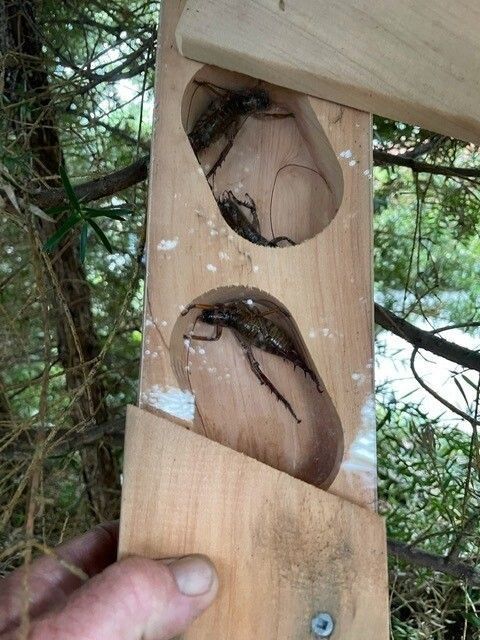

Wētā Motels
Provide a refuge for wētā's in your garden.
There are over 70 species of Wētā's endemic to New Zealand, many of which are endangered. One species, the Auckland tree Wētā, is common in Auckland back yards and bush. They are however predated by rats, mice, cats and hedgehogs, so as such serve as a great indicator species - if you have Wētā on your property, your predator numbers are under control, but no Wētā then you need to undertake pest control.
Wētā's feed on vegetation and small insects at night while during the day like to take refuge in holes in trees, and hence the attractiveness of this motel for them.
Our Wētā motels are built from untreated macrocarpa, comes with a viewing polycarbonate panel and has a hinge door for easy viewing inside.
Hang on a tree or post about eye height in a shaded position.
Just a note - be patient - it can take several months for wētā to find the motel and move in....
Ruru Nesting Boxes
A 2025 project involving One Tree Hill College, we are installing Rura nesting boxes across the halo.
Our goal is to give Ruru/Moreporks a safe nesting environment in order to help their numbers grow and have an established presence within the halo.
In addition to 10 nesting boxes installed in Cornwall Park and another 5 boxes installed within One Tree Hill Domain, members who have suitable trees can apply to have a nesting box installed. As of early August we have installed 6 nesting boxes with members.

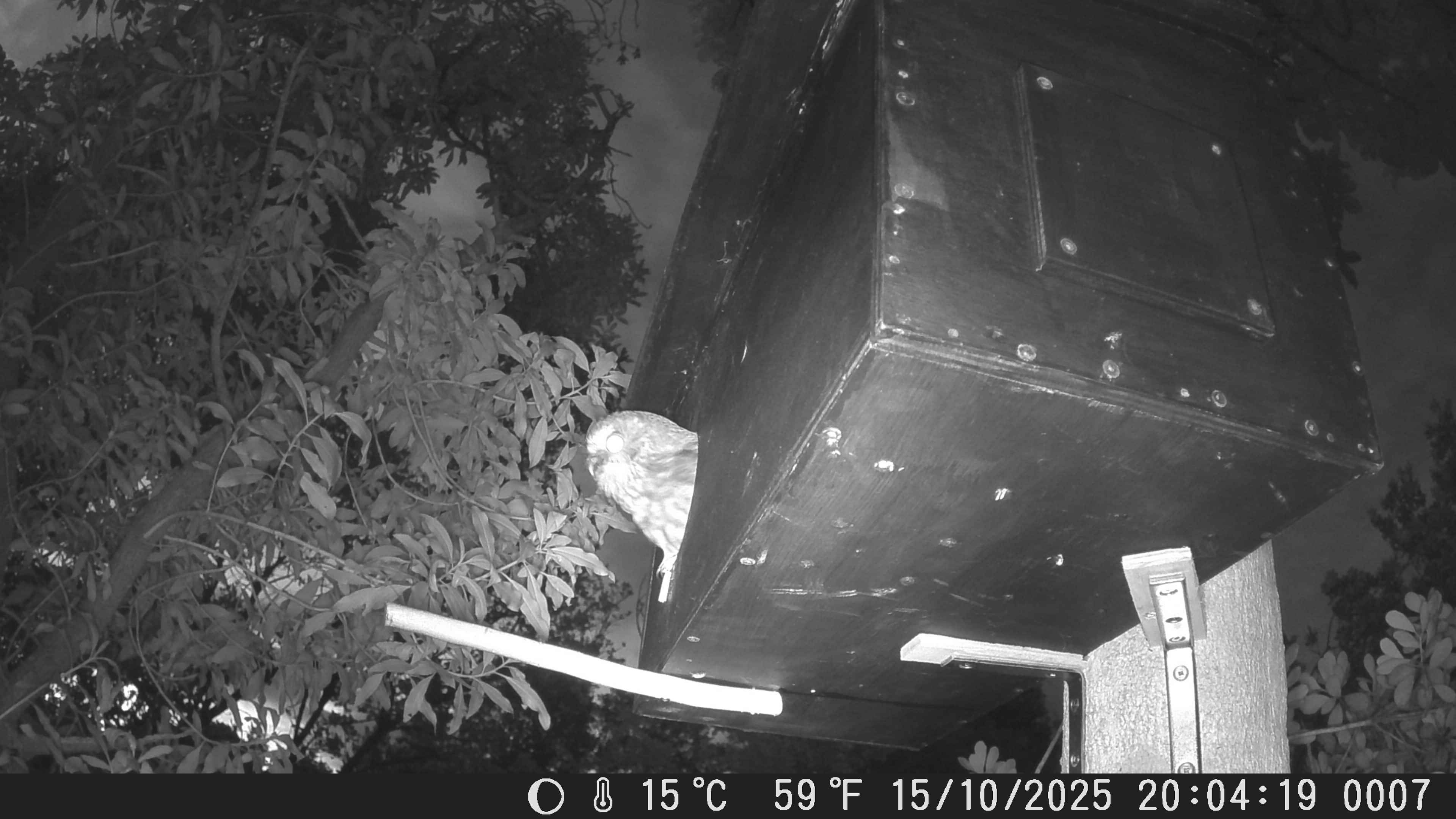


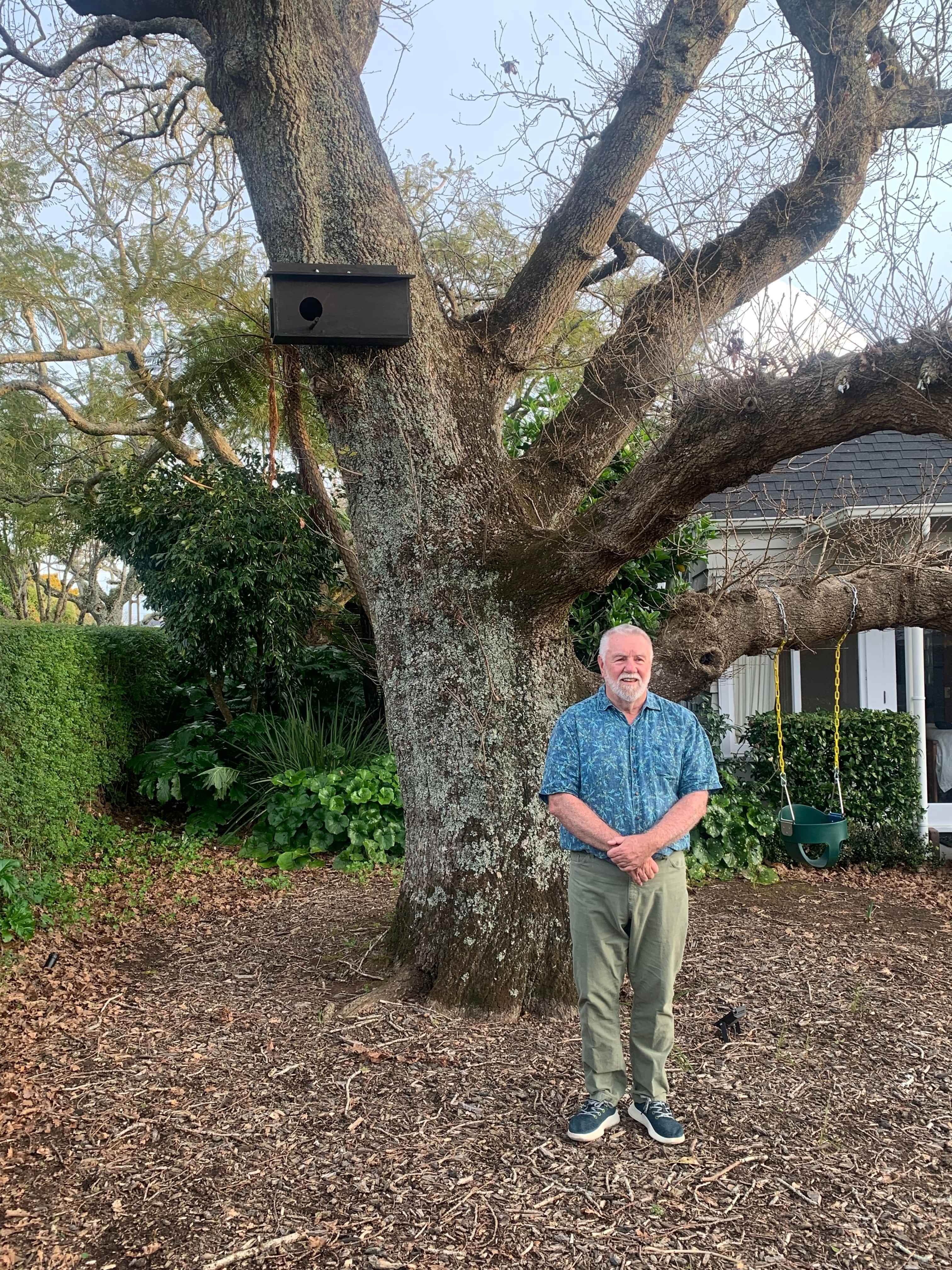
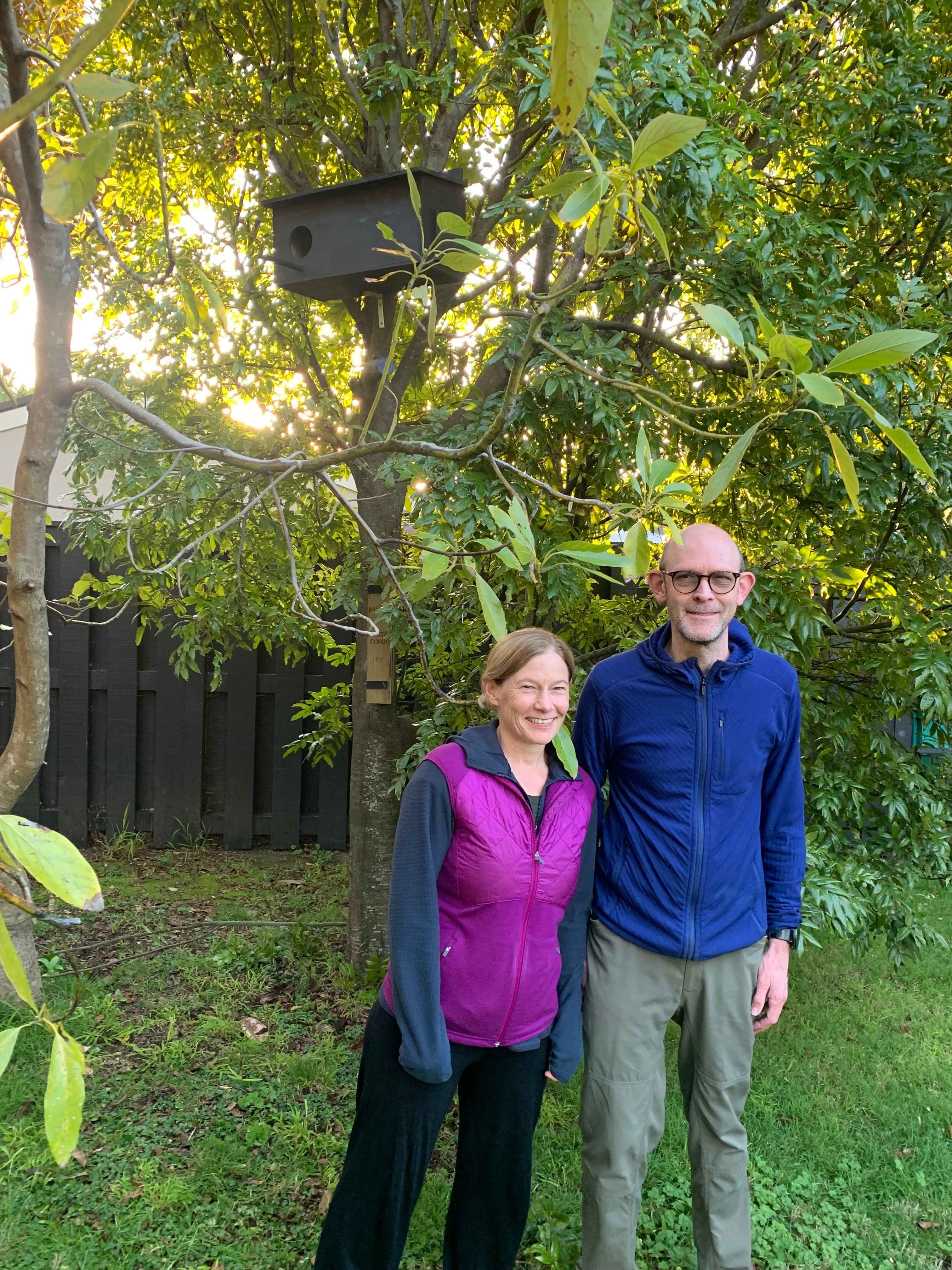

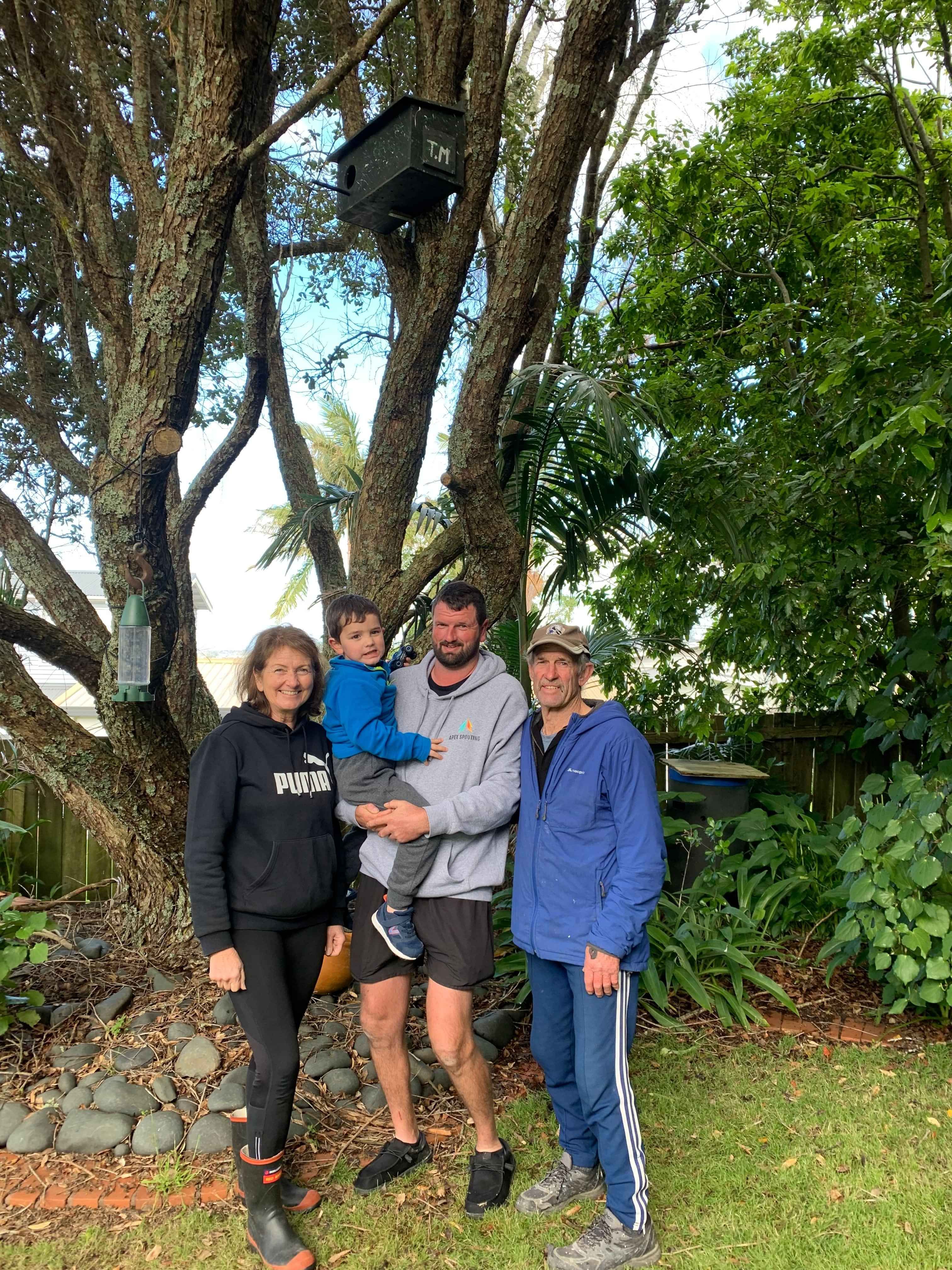
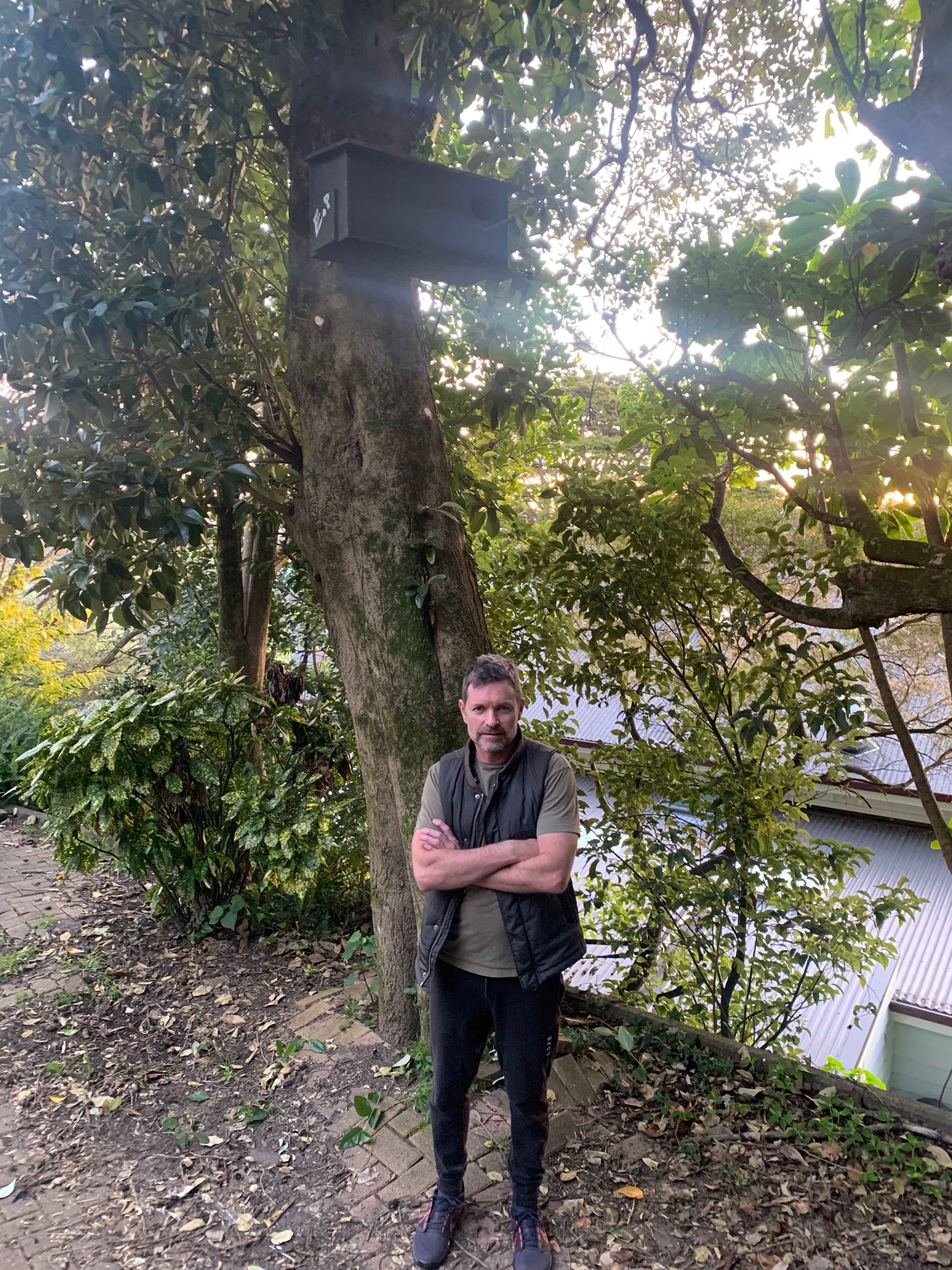
BIRD BATHS
Ok this is not a free resource that we give out, but something that you can win. Keep an eye out on our competitions as twice a year we have these as prizes when we run our 'refer a neighbour' competition.
Handmade in Auckland, this sleek modern design bird bath is available in colour options of cream or dark grey. Each birdbath has a unique ceramic insert in its base.
Height 920mm
Bowl diameter 500mm
